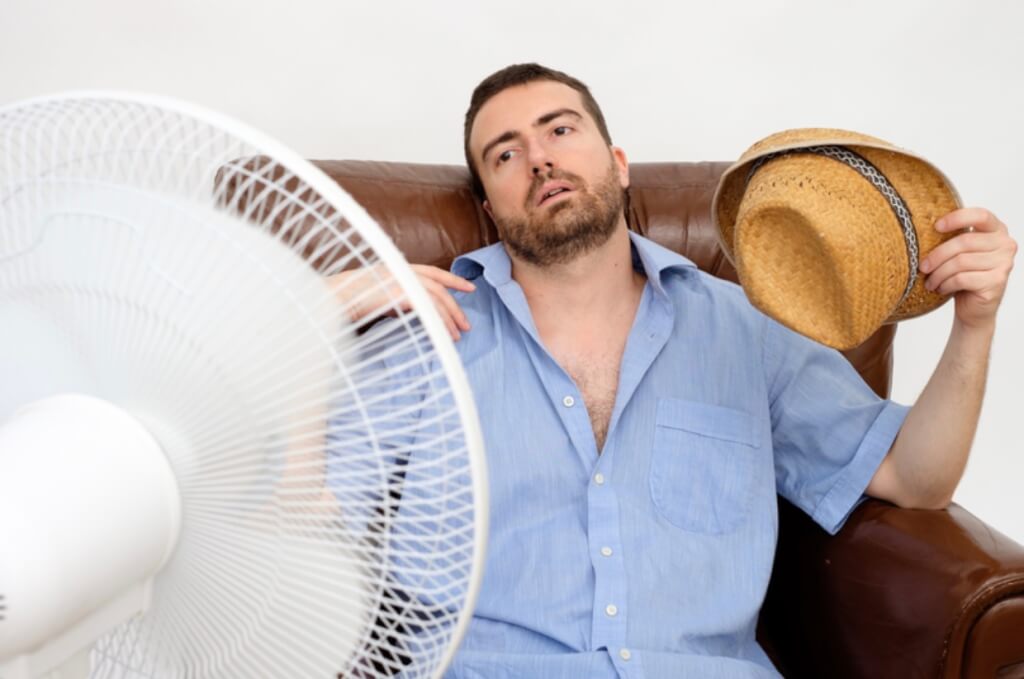With the ever-increasing cost of energy, learning how to keep your home cool during the summer is a great idea. Over the summer, a warm house is the last thing anyone would want to have. During these months, we would all appreciate a cooler, more comfortable living environment. Fortunately, there are several cheap and easy ways to keep your homes cool during the summer. Follow these easy tips to enjoy cool and fresh home this summer:
Place your fans strategically
The fan is a good temperature-regulating option when the heat is mild. However, fans can blow hot air around the room when temperatures are high. As a result, your fan will not help regulate the ambience of your home. The effectiveness of a fan will often depend on its placement and orientation. For instance, pointing box fans out the windows allows them to push warm air out of the room, especially when placed on the downwind side of a house. Ceiling fans, on the other hand, can pull the hot air away more effectively when set to rotate counter-clockwise. Instead of blowing warm air in your direction, blades that are rotating counter-clockwise will push the warmth towards the ceiling, away from you. Although not many homeowners realize it, using your fan for exhaust might be better than using it to create an artificial breeze.
Install insulation
Good insulation will not only stop heat from escaping during the colder months. It will also help keep the heat out during the hotter months. In fact, your air conditioner will not be as effective as it should be if you don’t have proper insulation. Insulation in the loft, roof and walls minimizes the passage of heat and helps regulate your home’s indoor temperature. Roofs will often absorb and then transfer heat to the spaces underneath them, raising the level of heat inside the home. However, insulating the loft will keep the heat contained in the attic, making it possible for the lower spaces to be cooler. You should also seal all the A/C ducts and insulate ducts running through unheated areas like crawl spaces, basements, and attics.
Keeping your home cool during the summer can be a lot easier if you have a well-maintained air conditioner and good insulation. You should, therefore, check your air conditioner’s status to ensure optimal performance. Since build-up dust can reduce airflow significantly, make sure you clean your unit’s air filter every month during the summer. Also, try not to run a dehumidifier and your air conditioner. When run together, the dehumidifier is bound to increase the cooling load, overworking the A/C.
Reduce heat-generating activities
Summer is not the best time for heat-generating activities. In fact, the less the heat produced, the cooler the interior will be. A lot of heat can be generated and retained in the kitchen when cooking. Opting for cold foods like fruits and salads might be the best compromise. But if you must have a hot meal, make sure it’s prepared during the coolest times of the day. Cooking outdoors is another great alternative.
Most of our electronics produce heat, which is why it helps to turn off and unplug appliances that are not in use. You should also delay your dishwashing, laundry, ironing and cooking chores until its cooler. This is because running your appliances during the hottest times is bound to raise the temperature inside your home.
Light bulbs also give off heat, particularly the incandescent type. Minimizing their usage will, therefore, help reduce the amount of heat generated. Take full advantage of the summer’s long sunshine-filled days. Thanks to the abundance of natural light, you can turn on your light bulbs a little bit later than usual.
Employ cost-effective conservation measures
Some conservation measures can reduce the cooling load and help keep your home cool during the summer. Providing effective shade is one of the best ways to keep your home cool during the summer. To achieve this, you can plant trees, particularly near your eastern-facing and western-facing windows, or grow a seasonal creeping plant. Apart from making your house cooler, this measure can also improve the attractiveness of your outdoor space.
Keep out unwanted heat and humidity. You can also help ensure your house stays cool by keeping it tightly closed during the day. Over the summer, you can keep hot air from permeating unused rooms by closing them off during the hottest times of the day. Instead, make the most of the cooler nights by letting air flow through your house naturally. Reflective window panels, blinds or curtains can also keep direct sunlight from coming in when the sun’s at its hottest. Keeping direct sunlight out will reduce indoor temperatures.
Cross-ventilate
You can reduce indoor temperatures by opening your windows, particularly the ones located at the two ends of your house. This process, known as cross-ventilation, allows air to move freely through the entire house. You’ll be amazed at how effective cross-ventilation can be.
References:







